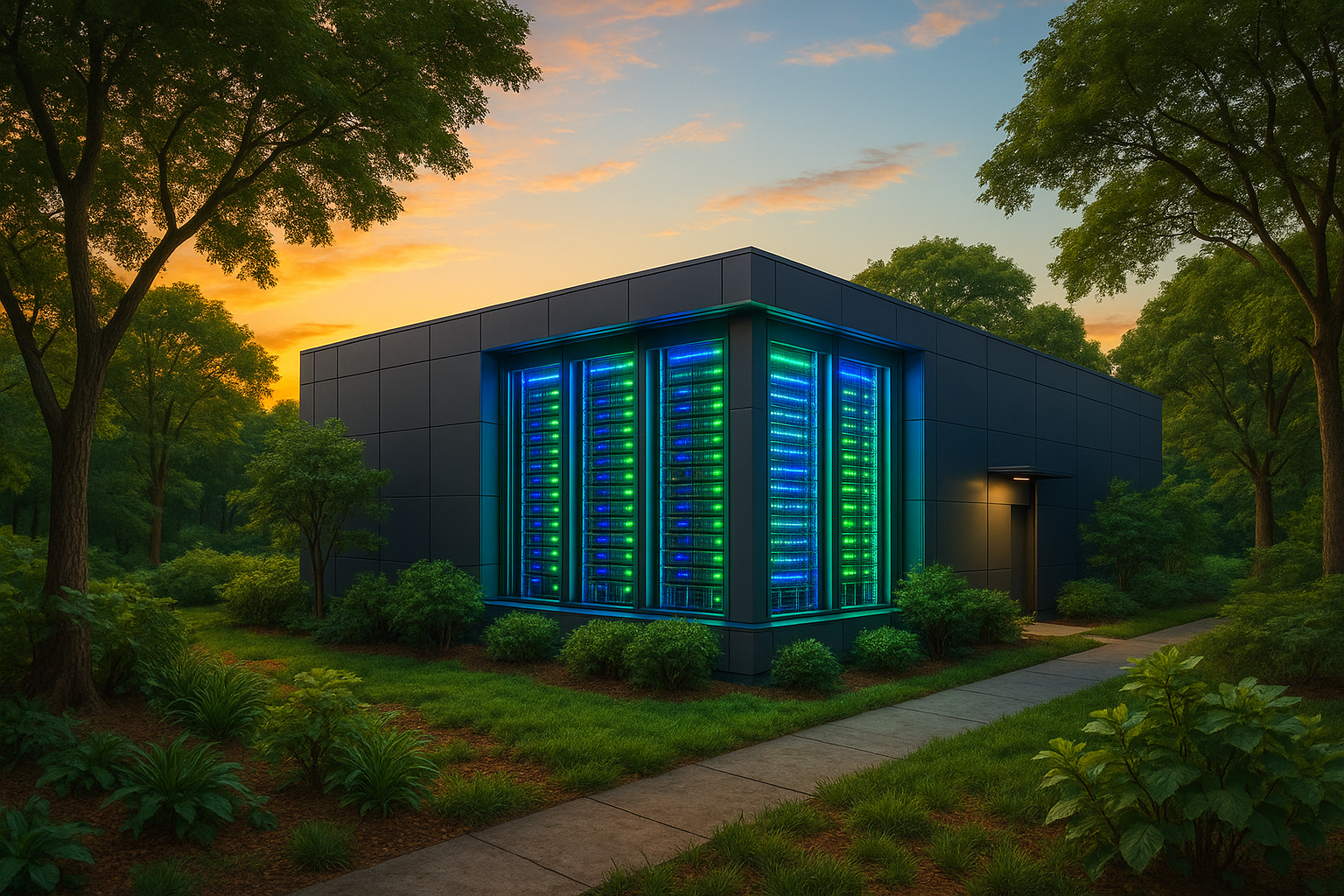It seems increasingly clear that the future of Internet entertainment will open wide the doors to the metaverse. Digital worlds in which we will adopt the body and personality of our virtual selves.
Defining and narrowing down the meaning of metaverse to the maximum is very complicated. Moreover, it is important to know where the idea and the term comes from, what it can offer us in the short, medium and long term and when it will stop being something from the technology section of the newspaper to land in our daily lives. In this post from the Befree blog we try to answer all these questions.
What is the metaverse
Let’s first take a look at the etymology of the term itself. The word metaverse is a conjunction of universe and meta, meaning “beyond”. It is, therefore, a space outside the real world.
The metaverse encompasses many and varied concepts. The main one is that which speaks of multiple three-dimensional, shared and persistent virtual spaces linked to a perceived virtual universe. To access it we need a series of devices, such as virtual reality glasses. As a result, we perceive it as a teleportation to a completely different world.
However, within the range are also ideas such as multidimensional experiences of Internet use and application. Examples include Web 2.0, augmented reality or virtual reality.
In the metaverse, humans interact and interact as avatars, which are graphic representations associated with a user. The medium in which these interactions take place is a cyberspace, which functions as a metaphor for the real world. However, the physical and economic constraints of real places are not the same.
Edward Castronova, Professor of Economics and Telecommunications at Indiana University, identified three features in the metaverse:
- Interactivity: the user is able to communicate with other users and with the metaverse itself. Their behavior influences the behavior of others.
- Corporeality: access is in the first person, and the space includes some physical and logistical limitations.
- Persistence: the metaverse continues to function even if no one is connected to it. In addition, the users’ positions when disconnected will be the same when they log in again.
History and origin of the metaverse
The term comes from a novel written by the American Neal Stephenson in 1992. It is ‘Snow Cash‘, and in it the metaverse refers to a fictional, shared virtual world created by convergence and compatibility with an aspect of external reality.
In Stephenson’s own words, existing terms to refer to the metaverse were “too clumsy to use.” Therefore, Neil fabricated the concepts of metaverse and avatar to gain accuracy in developing his ideas.
More than ten years later, in 2003, software developer Linden Lab created its 3D virtual reality world ‘Second Life‘. It was a software with immersive experiences inspired by Neil Stephenson’s metaverse. In ‘Second Life’ users could interact, play games and do business.
What does the metaverse offer us and when will it become real?
Although we currently have examples of metaverse, the truth is that it is still too early to say anything categorically. It is more of a blank canvas than a painting with only a few brushstrokes left.
Meta, Mark Zuckerberg’s company, is the one who is betting the most on the metaverse. Its intentions are that we can create businesses based on the economy of the metaverse itself, with its own currency. It would also have practical applications. For instance, simulating work meetings or walking with friends through virtual streets.
However, the key to everything will be how accessible the metaverse will be. None of this would matter if only a few could have the privilege of enjoying it. Moreover, there is still a lack of technologies and companies capable of bringing these ideas to fruition. We are still far from being able to enjoy the metaverse as we imagine it today. It is impossible to give an approximate launch date.
Progress on the metaverse today
To begin anticipating the tsunami of the future, Mark Zuckerberg has launched a supercomputer. The business conglomerate Meta announced last Monday, January 24, that they were in the middle of developing a supercomputer aimed at the fields of artificial intelligence and the so-called metaverse.
This project is expected to be completed by the middle of this year. The Meta supercomputer, called AI Research SuperCluster (RSC), has the collaboration of companies such as Pure Storage or Nvidia.
In Zuckerberg’s own words, the RSC “will help Meta researchers build new and better AI models that can learn from trillions of examples, work in different languages, and analyze text, image or video interchangeably. This will give us new augmented reality tools“.






